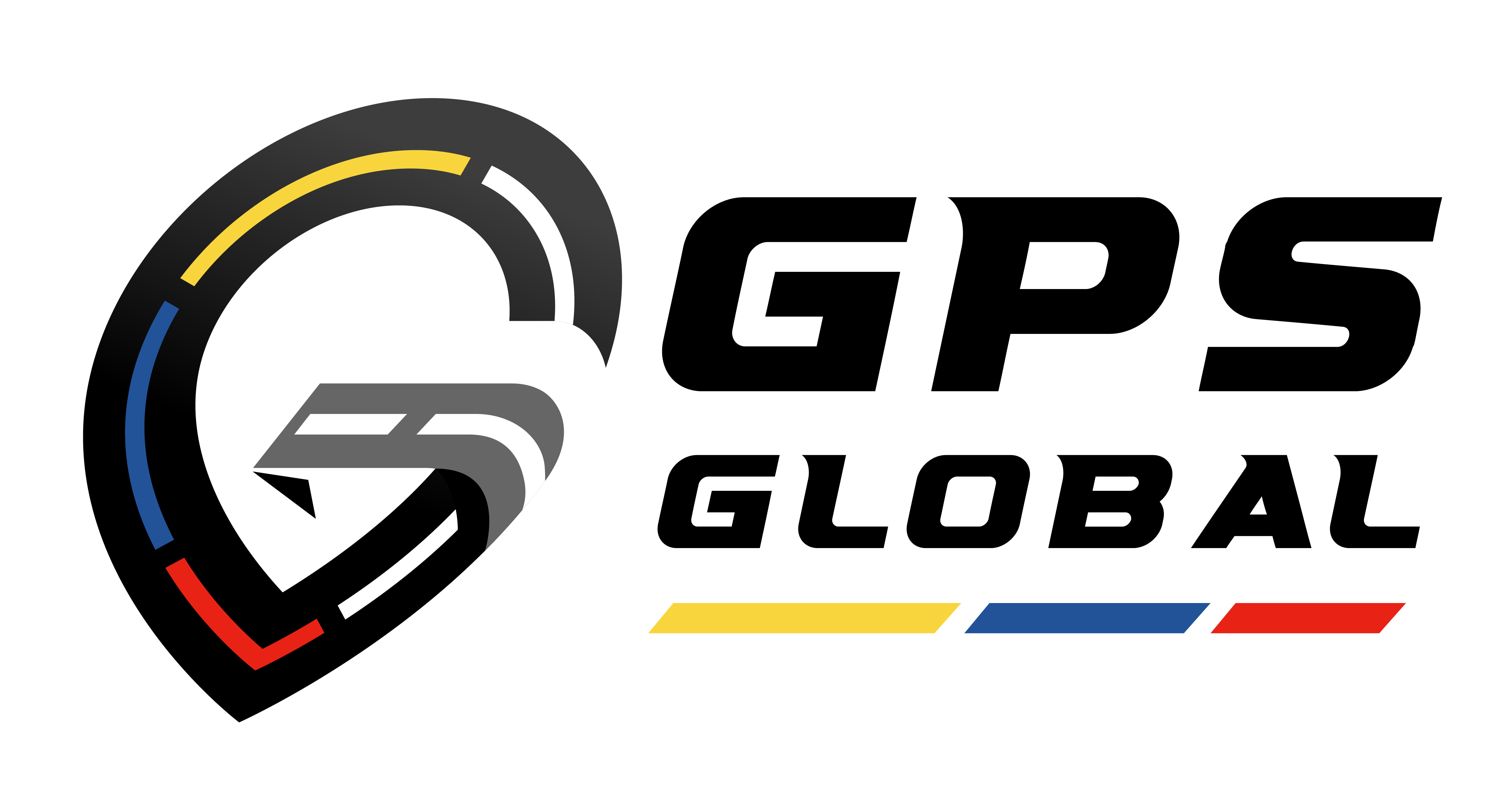Many of my dear readers are already familiar with Wilber`s four quadrants, so I`ll be brief. For those of you who still don`t understand it after my presentation here, I recommend looking for Wilber`s four-quadrant model and integral philosophy elsewhere – or just ask in the metamodern community online. Many metamodernists come from the integral scene. Before explaining why, I would first like to introduce the four schools of ethics. If you`re already familiar with these, keep jumping. I`m not saying anything you can`t find in a manual. And obviously, everything I propose here is quite simple and just touches the surface. If you want a deeper understanding, seek it, study it, and come back in two years as a smarter, more nervous person. In short, contractualism concerns both the implicit and explicit rules by which we have collectively, more or less voluntarily, agreed to submit in order to protect and promote our own interests and those of others, whatever they may be in a given society. The biggest ontological problem is the question of natural rights versus legal rights. Where exactly should the rights come from and how are they justified? And what about individuals who do not have or do not have the power (minorities, unborn children, animals) to negotiate the social contract? Many frameworks are in place to help health care professionals address ethical challenges that arise during clinical care. The best known is that of Beauchamp and Childress.3 This framework addresses ethical issues in the context of four moral principles: respect for autonomy, charity, non-evil, and justice (see Table 1).
This framework has been influential because the values it represents seem to align with our moral standards. In addition, it provides a practical approach to both teaching and analyzing ethical challenges. One shortcoming of this framework, however, is that there is little empirical evidence that people apply the four principles to ethical decision-making.4 We used this framework at the University of Chicago`s Burn and Complex Wound Center and found it effective in addressing ethical issues that arise. The purpose of this paper is not to prove the superiority of the four-quadrant approach over other models, but to discuss its usefulness and application in the context of combustion feeding. Page K. The four principles: Can they be measured and do they predict ethical decisions? BMC Med Ethics. 2012;13:10. doi:10.1186/1472-6939-13-10. A common ethical challenge in the treatment of burns concerns medical futility and withholding and withdrawing care. From an ethical point of view, interventions that are unlikely to benefit the patient should not be offered. For example, in severely burned patients with no prospect of a significant cure, additional surgery may be considered unnecessary and therefore unjustified.
Some authors even suggest that continued intervention in these cases may affect quality of life.16 Withholding and withdrawing treatment should also be included in the discussion of care for severely burned patients. Both options are considered ethical and morally permissible if there is no reasonable chance of survival and quality of life cannot or is not predicted.17 This view has been supported in the combustion supply literature,18 and we agree. Thank you for listening. May you all give goodness to the world and to each other in the four quadrants. What I want to emphasize above is the position of ethics in the lower left corner of the four quadrants. This shows what Hume said 250 years ago, namely that you cannot derive a “should” from an “is” – or in the full Wilsonian language: do not derive “we” from an “he”. Before proceeding, please note that the following is extremely counterintuitive for almost all readers. While several authors, including Wilber himself, have discussed the fractality of his model, none have drawn the full conclusions: every time you zoom into the model, the nature of the four quadrants changes. Fractality is not equality, but self-similarity.
So we look at questions such as: Given that philosophy is a unified domain that can be approached from four quadrants, and given that ethics is the lower left quadrant of philosophy, then what is the upper right quadrant of the lower right quadrant of philosophy? Which right is inside the left and which one at the top is inside the bottom? It is a kind of Sudoku, only with philosophical concepts. Below is an image of four quadrants that should help me understand my points. The principles of charity and non-evil are emphasized during this discussion of the goals of care. In fact, any decision made about treatment, such as if and when to undergo surgery, should weigh the clinical and ethical benefits and risks. Questions of goals of care and decision-making capacity often arise in severely burned patients due to the severity of burns and the fact that patients may not be able to make acute informed decisions. Before entering into ethical discussions about the goals of treatment, we try to make an accurate diagnosis of the problem and determine its severity and expected results. In addition, we want to give the patient and their family meaningful answers to questions about recovery and the chances of successful treatment. If we look at the four tags we identified with the four-quadrant model, we can see why: rule-based ethics is a priori and self-referential, consequentialism is a posteriori and relational – exactly the opposite. (Contractualism and virtue-based ethics are also direct opposites in this regard, of course, but they are much more supportive solutions for the “big two.” More on that soon.) Once again, the same structure of thought emerges from the dissolution of rules-based ethics, which, after a series of “why, why, why,” leads us to the ultimate foundation of consequentialism. When you are asked, for example, why you want utility to be the measure of ethical behaviour, you cannot use objective arguments; One cannot quote the empirical results themselves and show how good all the consequences are. You need a subjectively valid principle to anchor these results into something meaningful; You must use deontological ethics to make sense of the whole.
But before I go any further to show you how, let me first introduce you to the four schools of ethics. Rule utilitarianism is an attempt to circumvent the general criticism of utilitarianism: that what is good for more may be bad for some individuals, and that the consequences of a particular action often cannot be predicted. As such, this subcategory of consequentialism emphasizes that we must act according to certain rules that we know usually lead to the greatest good. Rule utilitarians argue that following rules that tend to lead to the greater good will have better overall consequences than allowing exceptions in individual cases, although in some cases better consequences may be demonstrated. However, this poses the problem that in practice it becomes difficult to distinguish from deontological (or rule-based) ethics, and that it shares the same problem of endless regression as the categorical imperative: namely, that collapse eventually occurs, because for a given rule, in the event that the violation of the rule brings more benefits, , the rule can be refined by adding a subrule that treats cases as the exception. This process applies to all cases of exceptions, and therefore the rules will have as many sub-rules as there are exceptions, which ultimately leads to looking for the result that brings the maximum benefits. Ultimately, we face the same ethical dilemma we started with, and domination utilitarianism does not provide answers that a basic utilitarian approach would not have given us. The ethics of virtue has been rather neglected since antiquity, but has experienced a certain return since the second half of the 20th century, especially among feminists. Ethics of care is a normative ethical theory developed by feminist researchers – including Carol Gilligan, also a developmental psychologist with theories of personal development similar to mine. He asserts that moral action focuses on interpersonal relationships and caring or benevolence as a virtue.
This school of thought emphasizes the dilemma that certain behaviors are considered virtuous, serve the common good or obey certain universal principles. For example, the virtue of parenthood is judged by how well one cares for one`s children – not by how well the overall consequences of one`s behavior serve the greater good of children in general, or whether any action in this direction is compatible with a universal principle. You can be an altruistic person if you try to spend most of your time helping poor orphans, and you can be an honest person if you never lie or steal, but you are still a bad parent if you neglect your own children because you spend too much time helping in the orphanage or starving your own children. Because you don`t want to steal food from them.


